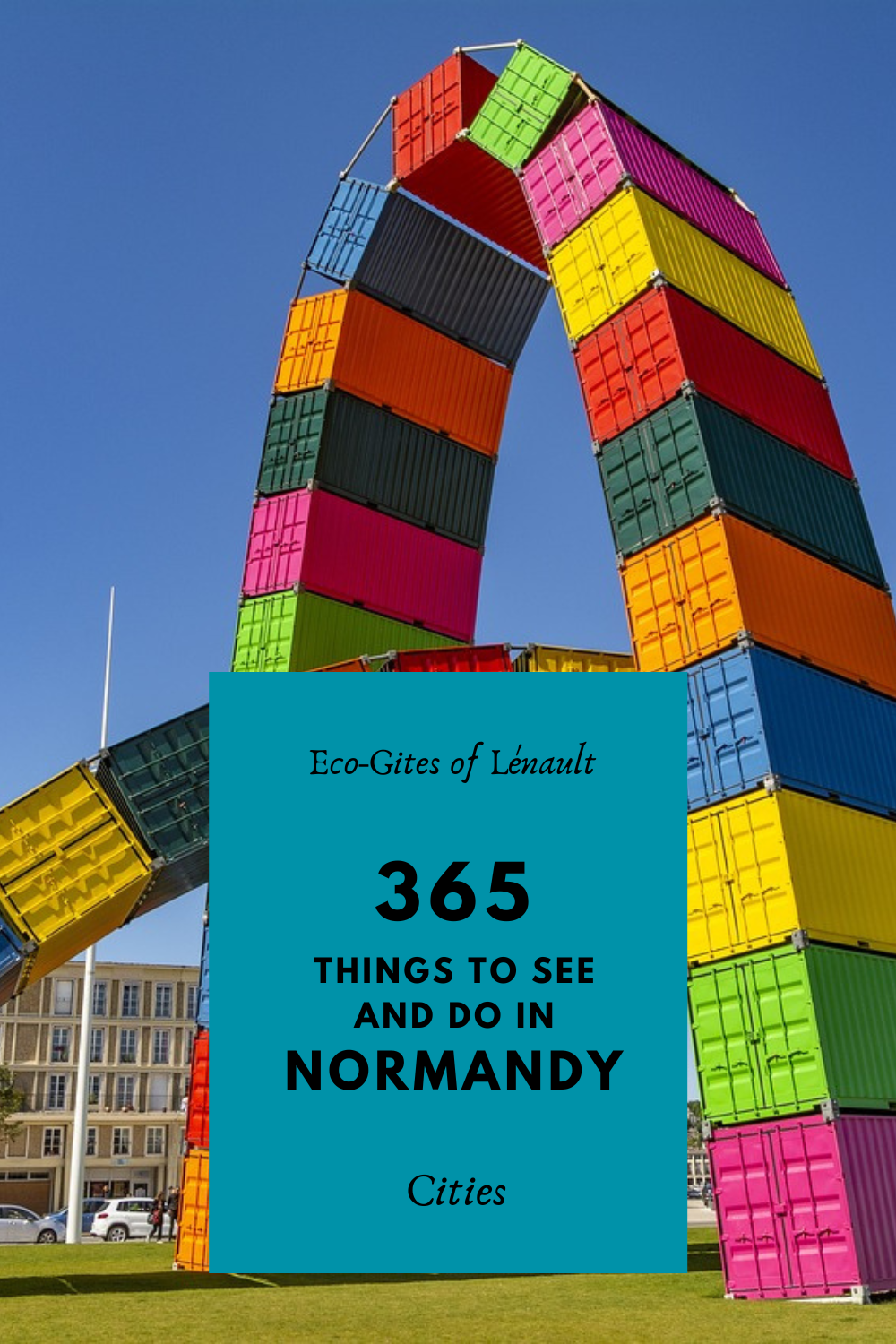365 - Cities of Normandy

Normandy has a population of over 3 million people and the majority of these live in cities. These cities have long and interesting histories and in this post I delve into a little of this and their main attractions. Other blogs in our series of 365 things to see and do in Normandy will also include more information about things to see and do in Normandy's cities. You can also find much more on the Wikipedia page for each city and in tourist information leaflets.
Cities of Normandy
1. Rouen - wiki page
In 2016 the old regions of Lower and Upper Normandy were merged into the region now known as Normandy and Rouen was chosen as its capital. It is located on the River Seine and is the largest city and departmental capital of Seine-Maritime. There has been a city at Rouen since before Roman times but it grew most in the the Medieval period, its wealth being founded on textiles and river trade. For many, Rouen is known as the city where Joan of Arc was put on trial and executed by burning.
There is much for the visitor to discover in this old city - the imposing cathedral towers high above the city skyline and in summer evenings its facade hosts a stunning light show. Nearby, The Gros Horlorge, a magnificent astronomical clock from the 14th century, spans the road of the same name. The city has a castle as well as many churches, the most unusual being the modern church of Saint Joan of Arc which takes the form of an upturned Viking ship and fish.
For those who love museums there are many to choose from - art lovers will enjoy the Musée des Beax Artes de Rouen where you can see several paintings by Monet. There is also the Musée Maritime Fluvial et Portuaire, the Musée de la Ceramique, the Natural History Museum and the Musée le Secy des Tournelles. For fresh air and greenery head the the Botanical Gardens which were created in 1840. Or simply do what we did and take a self guided walk through the medieval streets with their half timbered houses.
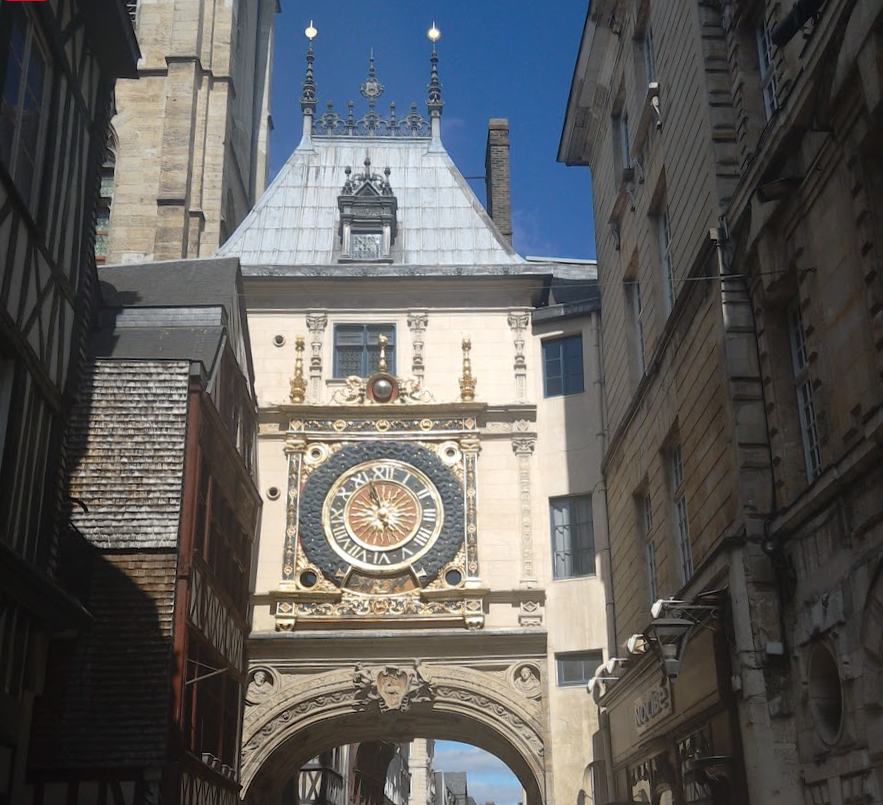
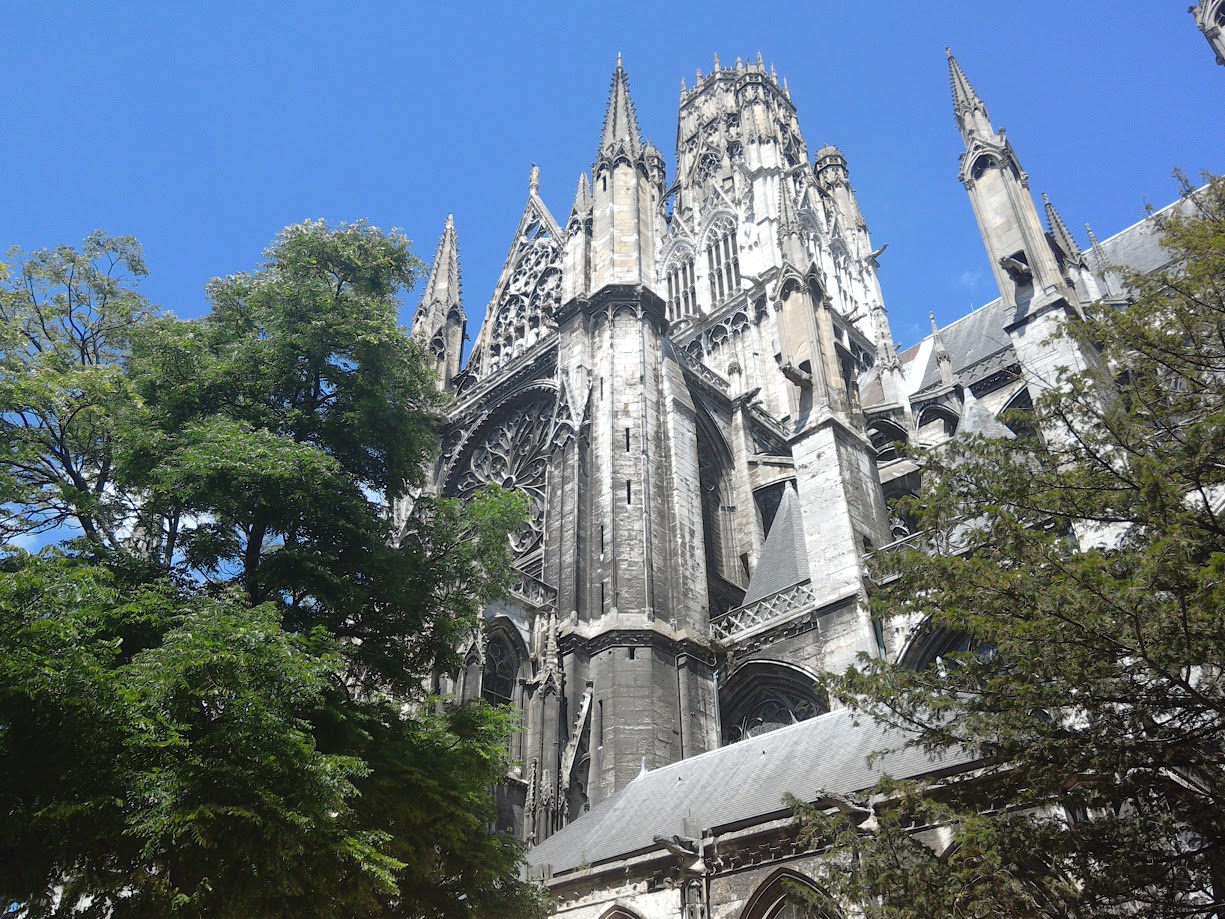
2. Caen - wiki page
Caen is the capital city of the Calvados region (the department where Eco-Gites of Lénault is located). The city known as Caen was founded in the 11th century but other earlier settlements have been on the site since Roman times.
Caen's most impressive visitor attraction is the Château. Built by William the Conqueror, from local stone, it is one of the largest castles in western Europe covering an area of 5.5ha. Inside you will find the Musée de Beaux Artes, the Musée de Normandie, various other buildings and a Medieval garden. Did you also know that some of the stone used to build the Tower of London came from Caen?
Caen has 2 large abbeys: L'Abbaye aux Hommes was also founded by William the Conqueror, originally as a Benedictine monastery, and it is where his remains are buried. Adjacent to the original abbey is the Hotel de Ville which houses a permanent exhibition of how the Caen inhabitants lived through the battle for Caen's liberation after D-Day. The Abbaye aux Dames is a slightly smaller abbey founded by William and his wife, Mathilda. Originally it was a nunnery.
Caen is not a large city by international standards and is easy to explore on foot with guided routes available at the Tourist Office opposite the castle. Part of the centre is pedestrianised where you can find shops including well known chains and many smaller, independent shops. Further out from the city you have attractions including the Memorial de Caen, a museum dedicated to the war history of Caen up to D-day (not recommended for younger children), Parc Festyland, a history theme park, and gardens including the Colline aux Oisuaex and the Botanical Gardens. Just outside of the ring road to the east of Caen you will Mondeville 2, an extensive retail park and shopping centre with an Ikea just a but further round the ring road.
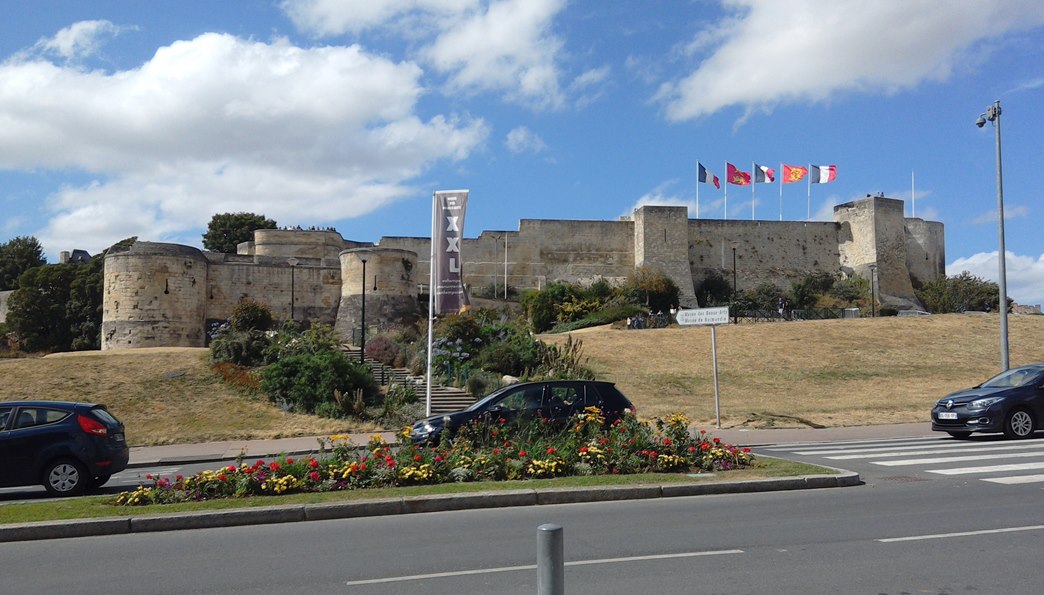

3. Le Havre - wiki page
Le Havre is a port city, the second largest in France after Marseilles, situated at the mouth of the River Seine. It is Normandy's second largest city by population after Rouen and was founded by Francis I in 1517. Its early growth was hindered by wars with major expansion only taking off in the early 18th century due to its part in international trade including the slave trade. In 1944 it was heavily bombed and was rebuilt after WWII to designs by Auguste Perret. In 2005 it was given UNESCO World Heritage status in recognition of his innovative modern architecture. To compliment the architecture Le Havre is home to many impressive modern sculptures such as the brightly colour Catène de Containers - a giant double arch made from 36 original shipping containers.
Le Havre has 5 museums that have been granted Musées de France status which is only given to the very best museums. These are the Museum of Modern Art (known as MuMa). Le Musée de Vieux Havre, Le Musée de Histore Naturele, the Shipowners House and the Museum of the Priory of Graville.
Le Jardin Suspendu is a large botanical garden built on the site of a 14th century fort and home now to plants from across the globe.
Being so close to the coast visitors may take boat trips from Le Havre into the estuary of the Seine. And for those who like the sea but prefer to stay on land, just 500m from the city centre, alongside the bank of the River Seine is a 2km beach.
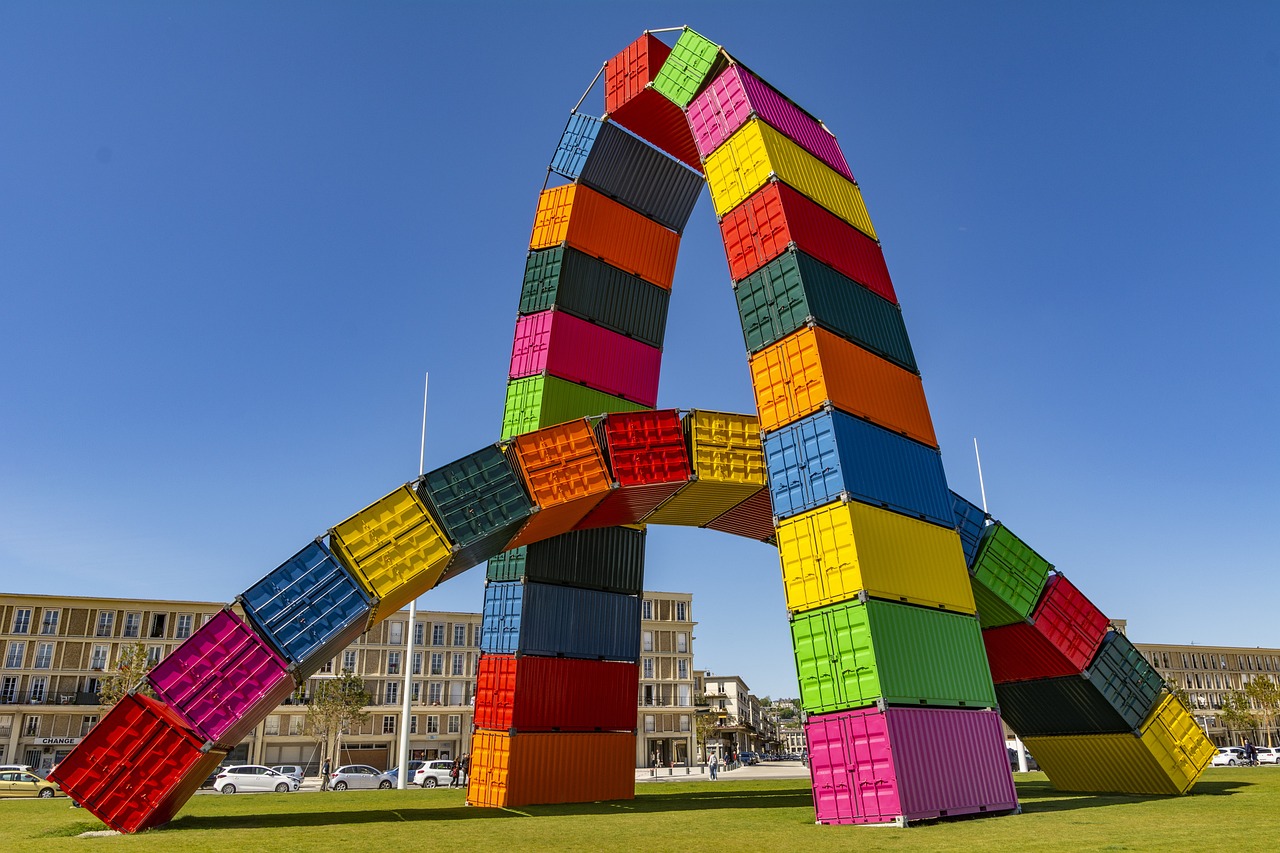
4. Cherbourg - wiki page
For visitors coming to France from England, Cherbourg, on the northern part of the Cotentin Peninsular, may well be their point of arrival. It might be tempting just to head off south into the France mainland but this French city should not be so easily bypassed as it has a long and interesting history. A settlement is known to have been there as far back as the 4th century and for many years it has been a strategically important naval and port city, first becoming a military port under Napoleon I. Today it is also an important fishing and yachting centre. The Harbour is the largest artificial harbour in the world with its depth allowing large ships to moor, including the ill-fated Titanic. After she left Southampton she docked briefly at Cherbourg where 24 lucky passengers left the ship but 21 less lucky passengers went on board.
Cherbourg's maritime heritage is celebrated in the museum, Cité de la Mer, one of France's most popular tourist attractions. Here you can go on board the French navy submarine the Redoutable (8ys+), marvel at the sea life housed in the 8x10m aquarium and visit both temporary and permanent maritime exhibitions relating to the sea, including the Titanic exhibition.
Due to its temperate oceanic climate, plants thrive and many public gardens have been created in Cherbourg. These include: the Emmanual Liais Park, the Botanic Gardens of Cherbourg, the Montebello Garden, the Park of the Château des Ravalet and the Vallon Sauvage.
Cherbourg may also be familiar to cinema goers and may classic French films have been shot there including Les Parapluies de Cherbourg.
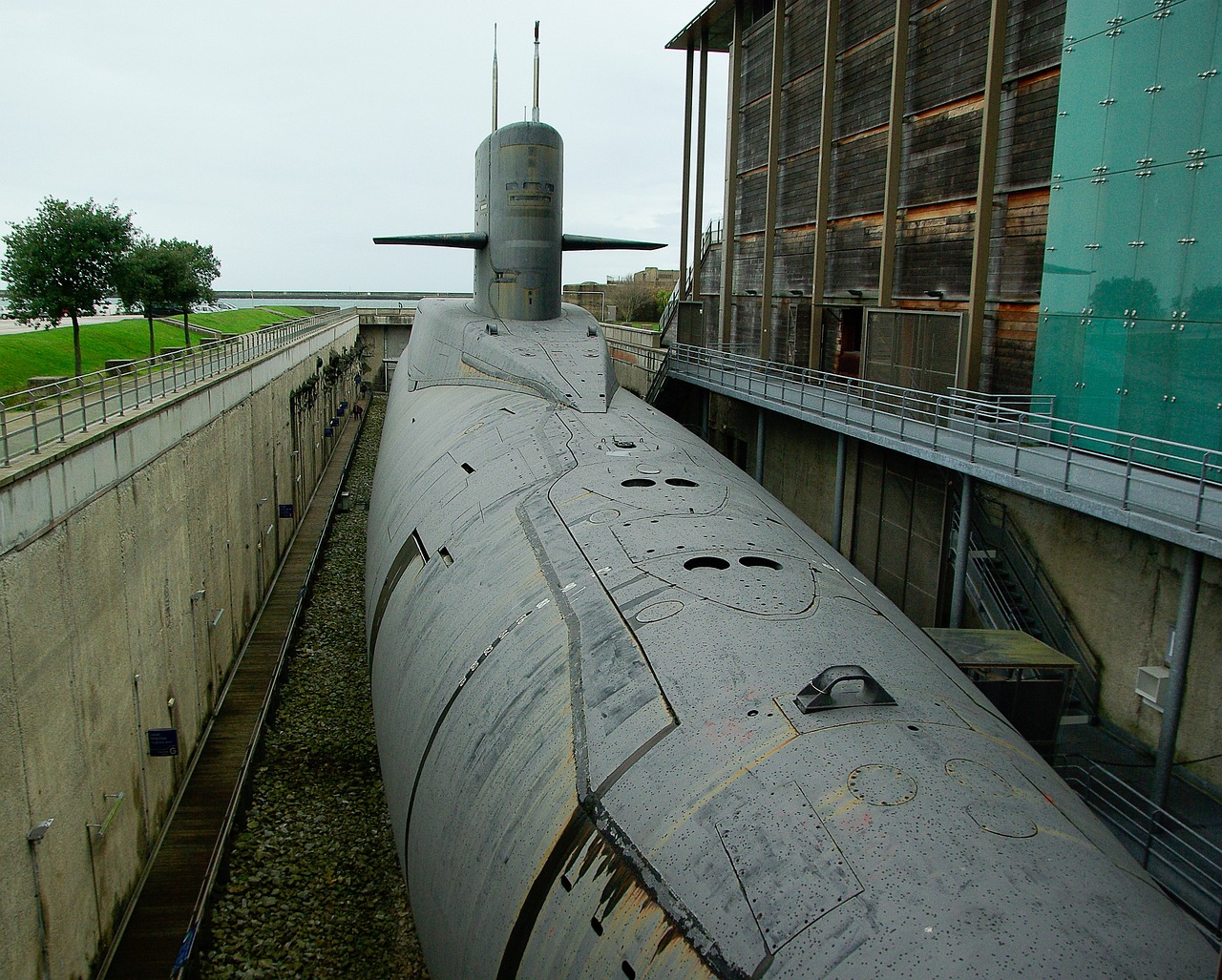
5. Evreux - wiki page
Evreux is the capital of the Eure department and there has been a settlement on the site since the 4th century.
The city is perhaps best known for it's cathedral and its Roman remains. The Cathedral of Notre-Dame was first completed in 1076 but was lost when the city was burnt in 1119 by Henry I of France. It was rebuilt by the end of the century and today is one of the largest and finest cathedrals in France.
5.6kms south east of the city is the town of Le Veil-Evreux, which exists on the large Roman settlement of Gisacum. Archaeologists have uncovered excellent examples here of a theatre, a palace, baths and an aqueduct from Roman times.
Evreux is not a large town. However it would be easy to combine a visit here with a trip to Monet's Garden at Giverny, just 39kms away.
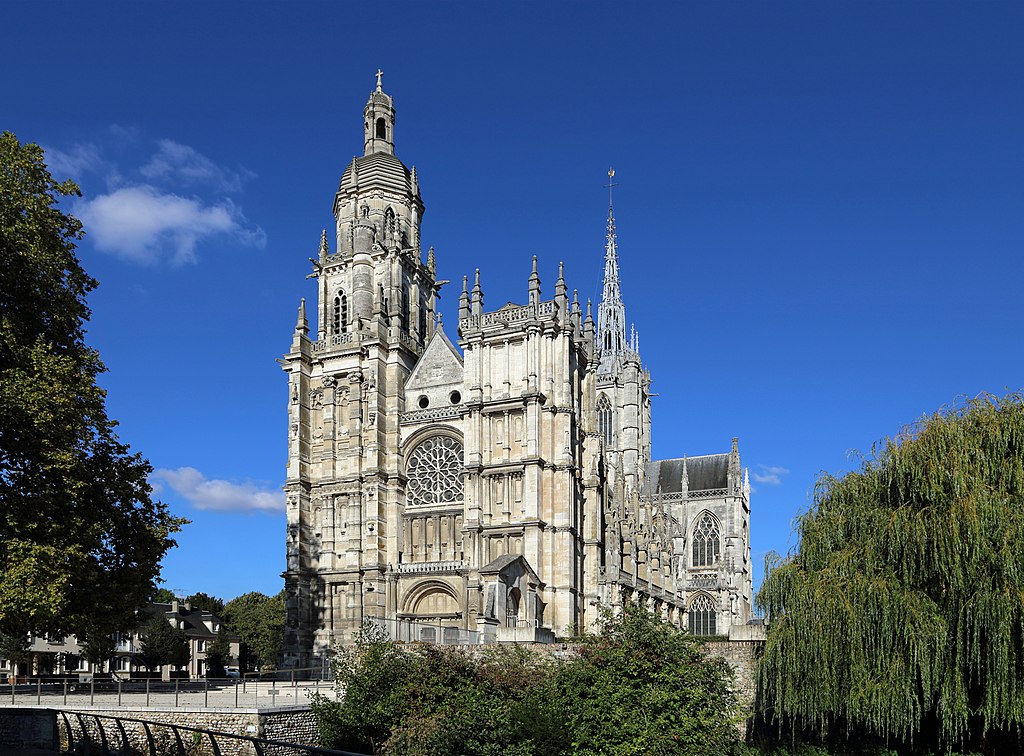
Image credit: Marc Ryckaert, CC BY-SA 4.0 <https://creativecommons.org/licenses/by-sa/4.0>, via Wikimedia Commons
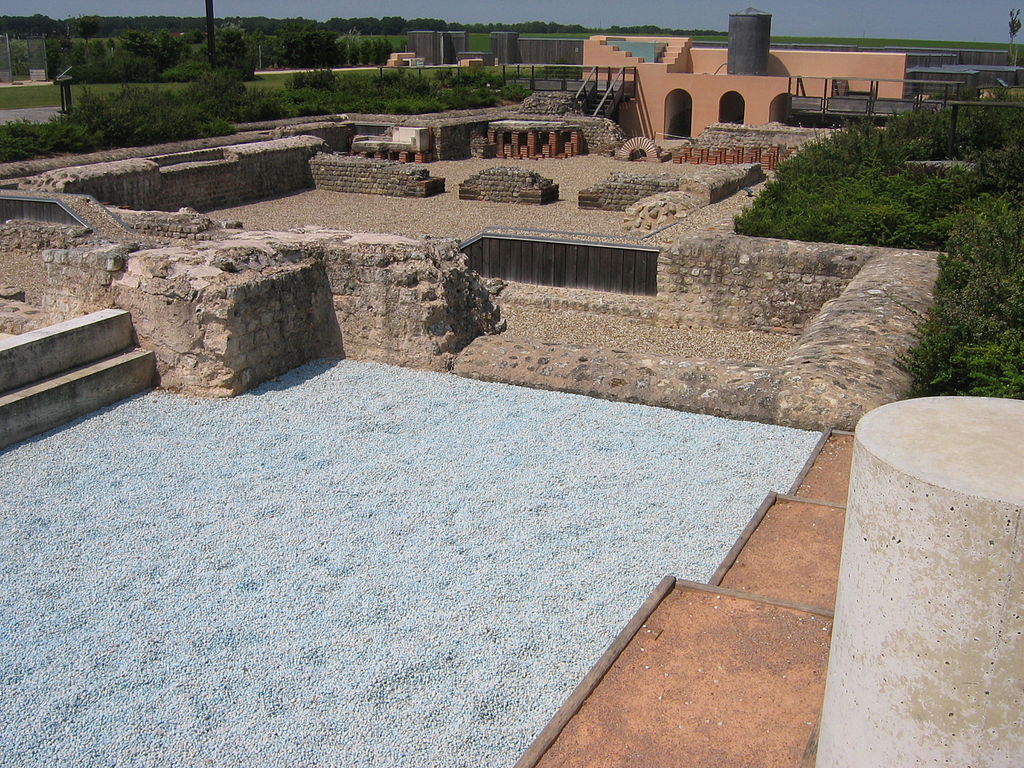
Image credit - Urban, Public domain, via Wikimedia Commons
6. Alençon - wiki page
Alençon is the capital of the Orne department and a settlement has existed on the site since the 7th century.
Since the 8th century it has been a centre for lace production such that UNESCO lists Alençon as a site of Intangible Cultural Heritage. Sadly only a few lace workers continue this centuries long tradition but the Musé de Beaux-Arte et de la Dentelle (lace) showcases this intricate craft.
Other notable sites in the city include the Basilica de Notre-Dame and the Halle aux Blé. The latter is an impressive circular building which was a former grain market. Blé is the French word for wheat.
The Saint-Leonard district of the main part of the old town which can easily be explored on foot.
Alençon is only a small city and should you wish to combine a visit there with something else, Bagnoles de l'Orne (a spa town), Saint Ceneri-le Génei (a plus beau village) and the Perche Regional Natural Park are all close by.
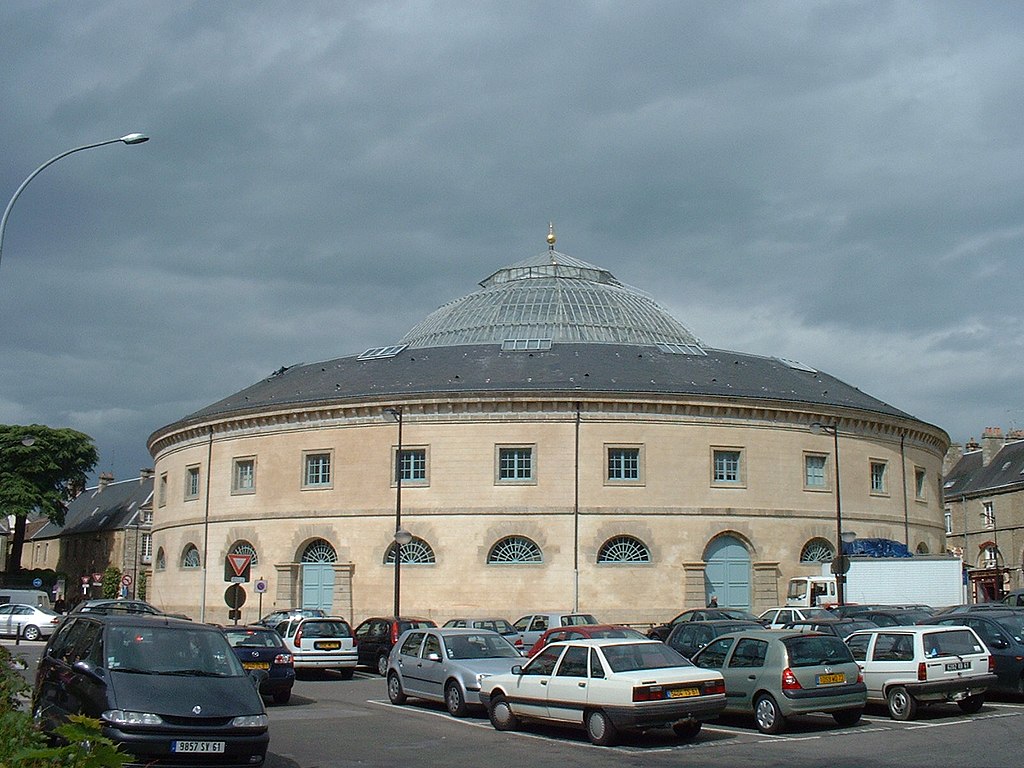
Image credi - Clicgauche on wikimedia
7. Saint-Lô - wiki page
Saint-Lô is the capital of the Manche department despite being much smaller than Cherbourg. There has been a settlement on the site of the city since the first century when it was known as Biovera (the bridge over the River Vire). It is, however, probably best known for it's more recent role in WWII and the battle of Normandy following D-Day. Its location was of critical strategic importance to the Germans who were desperate not have it fall to the Allies. The battle to liberate it was one of the most ferocious of all the Normandy campaign but it was finally liberated on July 18th 1944. However over 95% of the city had been destroyed explaining how it came to be known as the Capital of Ruins.
After the war the city was rebuilt including the restoration of its many historic buildings and churches. Parts of the medieval ramparts also still remain in tact.
Various museums are worth visiting including the Museum of Fine Arts and the Museum of the Norman Bocage.
In contrast the horrors of the war Saint-Lô is now recognised as a fine example of a floral city gaining 3 "flowers" in the national competition, Le Concours des villes et village fleuris. 2 trees designated as "Arbes Remarquables de France can also be found in the city, a giant sequoia and a saucer magnolia.
Saint-Lô is also where you will find the Haras du Pin, the largest of the 23 National Stud Farms of France. More details of the stud and the events organised there can be found in my blog about Horses in Normandy.
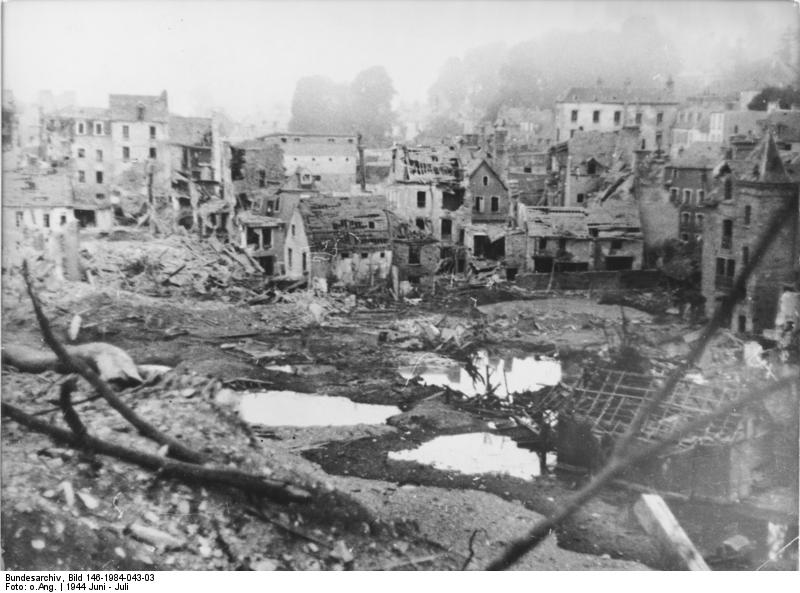
Image credit - Bundesarchiv, Bild 146-1984-043-03 / CC-BY-SA 3.0, CC BY-SA 3.0 DE <https://creativecommons.org/licenses/by-sa/3.0/de/deed.en>, via Wikimedia Commons
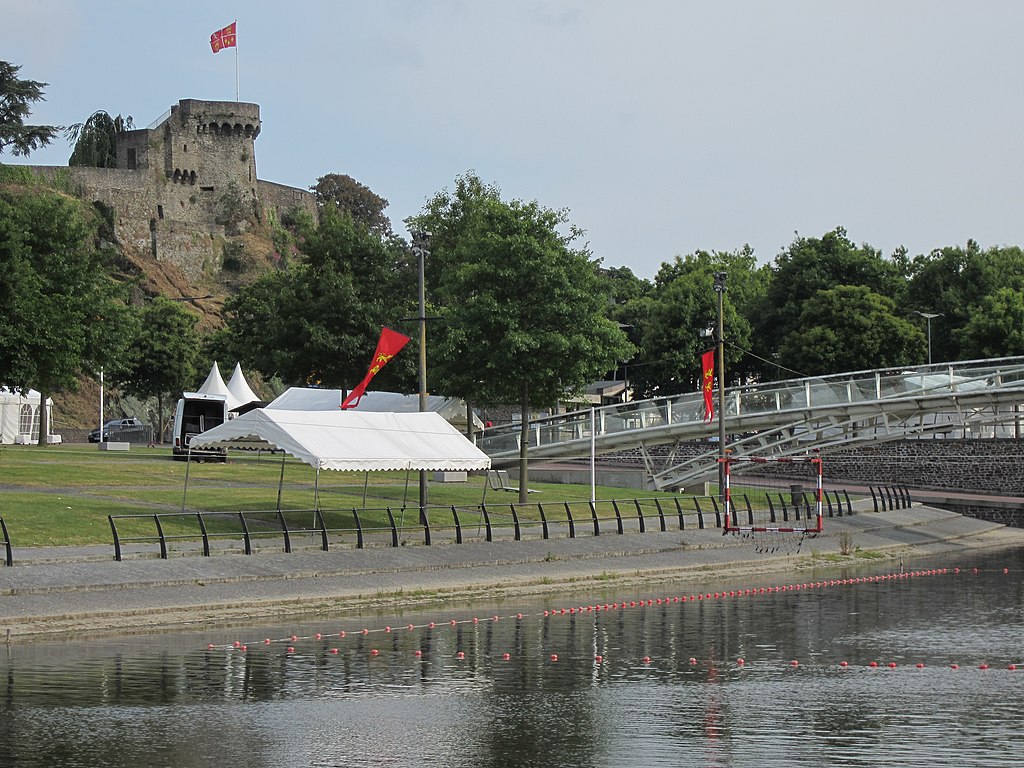
All the cities in the blog can be visited easily from Eco-Gites of Lénault. I would, however, say that Rouen needs at least 2 days, if not more, to do it justice. And the evening light show is absolutely not to be missed.
Do you have a favourite city in Normandy? We really like Caen which at just 45minutes from the gite is perfect for a day trip.
You can pin me!
